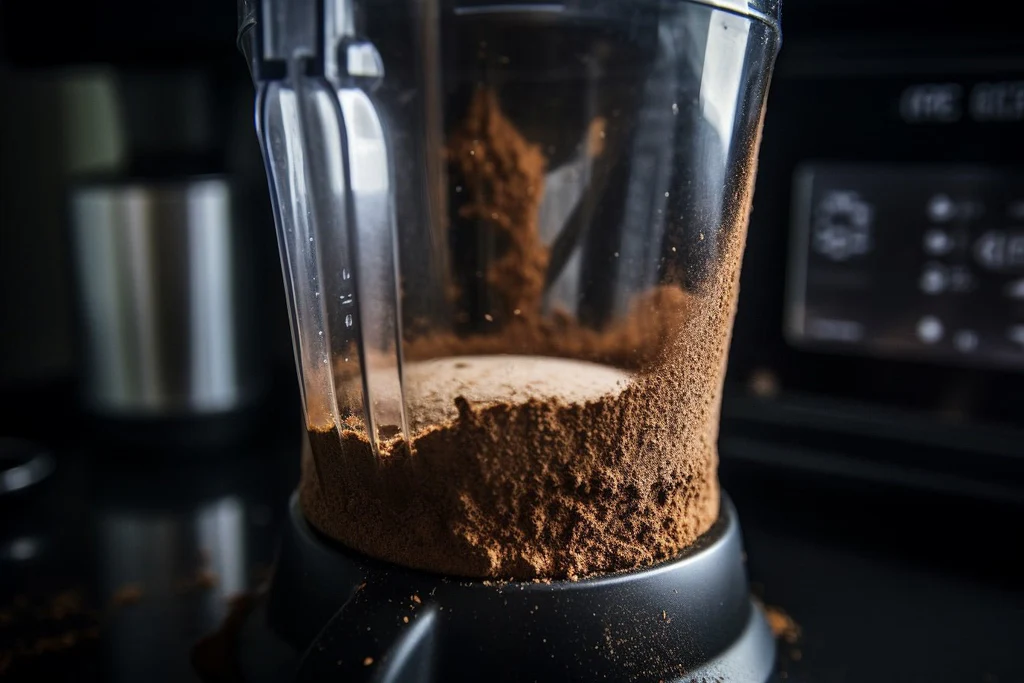
Introduction:
Grinding coffee beans at home ensures you get the freshest, most flavorful brew possible. While a burr grinder is the gold standard for coffee enthusiasts, a blender can be an effective alternative for those who don’t own a coffee grinder. This comprehensive guide explores how to use a blender to grind coffee beans, including techniques, tips, and potential pitfalls. By following these guidelines, you can achieve a consistent grind suitable for various brewing methods, ensuring a delicious cup of coffee every time.
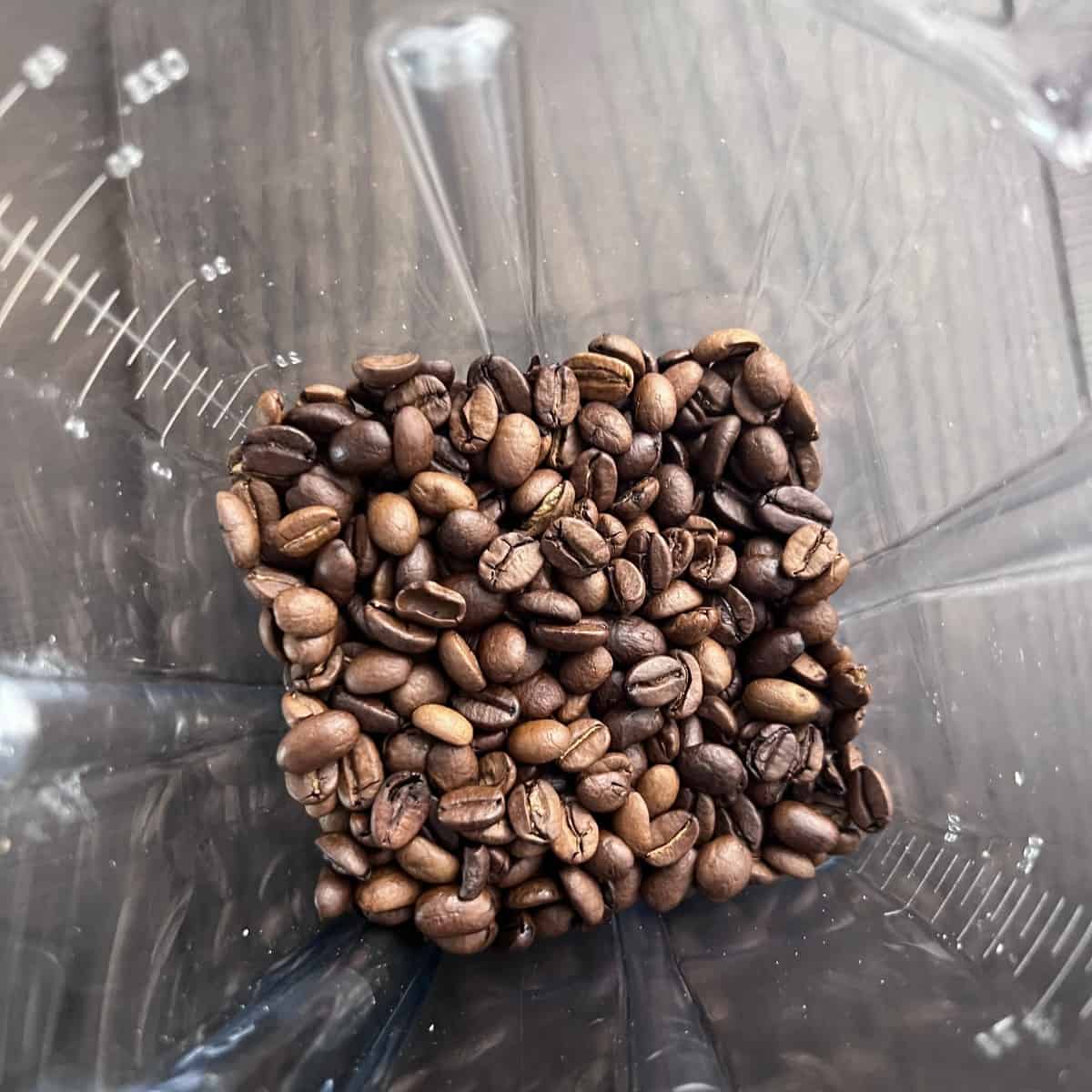
Can You Use a Blender to Grind Coffee Beans:
What Are the Best Techniques and Considerations?
Understanding Your Blender:
How Does It Compare to a Coffee Grinder?
Knowing the differences between a blender and a coffee grinder helps you set realistic expectations and achieve better results.
Blender Mechanism:
Blade Design:
Sharp Blades: Blenders use sharp, rotating blades to chop and blend ingredients. While effective for liquids and soft foods, these blades might not provide the even, consistent grind that burr grinders offer.
High Speed: Blenders typically operate at high speeds, which can generate heat and potentially affect the quality and flavor of the coffee beans.
Coffee Grinder Mechanism:
Burr vs. Blade:
Burr Grinders: Burr grinders use two revolving abrasive surfaces to crush coffee beans, ensuring a uniform grind size. They generate less heat and friction, preserving the coffee’s flavor and aroma.
Blade Grinders: Blade grinders, similar to blenders, use spinning blades to chop beans. While more affordable, they produce a less consistent grind compared to burr grinders.
Blender Suitability:
When to Use:
Quick Solution: Blenders can be used as a convenient, quick solution for grinding coffee beans, particularly if you don’t have a specialized grinder on hand.
Grind Consistency: While blenders might not offer the precise grind control of burr grinders, with proper techniques, you can achieve a satisfactory grind for various brewing methods.
Preparations:
What Should You Do Before Grinding Coffee Beans in a Blender?
Proper preparation ensures a smoother grinding process and better results.
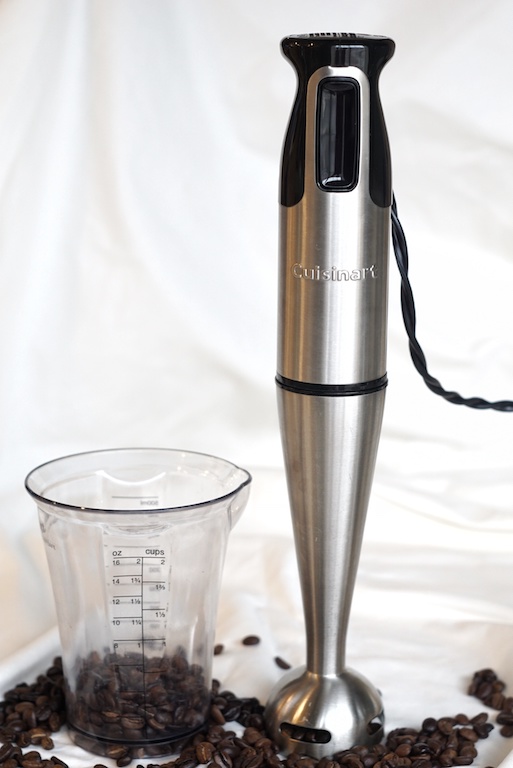 Selecting the Right Blender:
Selecting the Right Blender:
Blender Capabilities:
High Power: Choose a high-powered blender with sharp, sturdy blades. Blenders designed for ice crushing or tough blending tasks are more capable of grinding coffee beans effectively.
Removable Parts: A blender with removable blades or easy-to-clean components simplifies the cleaning process, which is essential when grinding oily coffee beans.
Measuring Coffee Beans:
Consistent Quantities:
Accurate Measurement: Measure out the precise amount of coffee beans you need for your preferred brewing method. Using the right quantity helps achieve a consistent grind.
Portion Size: Blenders work best with small portions. Grinding too many beans at once can result in an uneven grind and strain the blender’s motor.
Prepping the Blender:
Optimizing Performance:
Clean Blender: Ensure the blender container is clean and dry before adding coffee beans. Residual moisture or leftover food particles can affect the grind quality and alter the flavor of the coffee.
Secure Lid: Make sure the blender lid is securely fastened to prevent spillage and ensure safe operation.
Techniques:
What Are the Best Methods for Grinding Coffee Beans in a Blender?
Employing the right techniques can help achieve a more consistent grind and enhance the flavor of your coffee.
Pulse Grinding:
Controlled Grinding:
Pulse Setting: Use the pulse setting on your blender to grind the coffee beans. Short, quick bursts of blending provide better control over the grind size than continuous blending.
Avoid Overheating: Pulse for a few seconds, then check the grind size. Repeat as necessary. This method helps avoid overheating the beans, which can negatively impact the flavor.
 Blending Time:
Blending Time:
Optimal Duration:
Short Intervals: Grind the beans in short intervals of 5-7 seconds. Check the consistency after each interval to ensure you’re not over-grinding.
Achieving Desired Grind: Continue pulsing until you reach the desired grind size. For coarse grinds (ideal for French press), fewer pulses are needed. For a finer grind (suitable for espresso), more pulses are required.
Shake and Blend:
Even Grinding:
Distribute Beans: If you notice uneven grinding, stop the blender and give it a gentle shake to redistribute the beans. This can help achieve a more uniform grind.
Repeat Process: Resume pulsing in short intervals until you reach the desired consistency.
Consistent Results:
Achieving Uniformity:
Monitor Progress: Constantly monitor the grind size and stop the blender to check. Ensuring consistency helps achieve better extraction and flavor in your brew.
Adjust Technique: If the grind is too coarse or fine, adjust your pulsing technique and blend time accordingly. Practice and adjustment lead to better results over time.
Testing and Adjusting:
How Do You Ensure the Grind Size Meets Your Brewing Method?
Adapting your grind size to fit your brewing method is crucial for optimal flavor extraction.
Match Grind to Brew:
Grind Consistency:
French Press: For a French press, aim for a coarse grind. The particles should be roughly the size of coarse sea salt.
Drip Coffee: For drip coffee makers, a medium grind is ideal. The grind should resemble granulated sugar, allowing for balanced extraction.
Espresso: Espresso requires a fine grind, similar to table salt or fine powder. This ensures proper pressure and extraction during the brewing process.
Testing Grind Size:
Evaluating Consistency:
Visual Inspection: Visually inspect the grind size and compare it to reference images or descriptions of the desired grind for your chosen brewing method.
Touch and Feel: Feel the ground coffee between your fingers. Coarser grounds should feel gritty, while finer grounds should feel smooth.
Adjusting Grind:
Fine-Tuning:
Too Coarse: If the grind is too coarse, pulse the blender for a few more seconds in short intervals until you reach the desired consistency.
Too Fine: If the grind is too fine, you may need to start over with a new portion of beans. Overly fine grinds can lead to over-extraction and bitterness.
Bag and Store:
Preserving Freshness:
Airtight Container: Store the ground coffee in an airtight container to preserve freshness and prevent exposure to air and moisture.
Cool and Dark Place: Keep the container in a cool, dark place to maintain the flavor and aroma of the coffee. Avoid storing in the refrigerator or freezer, as moisture can negatively impact the beans.
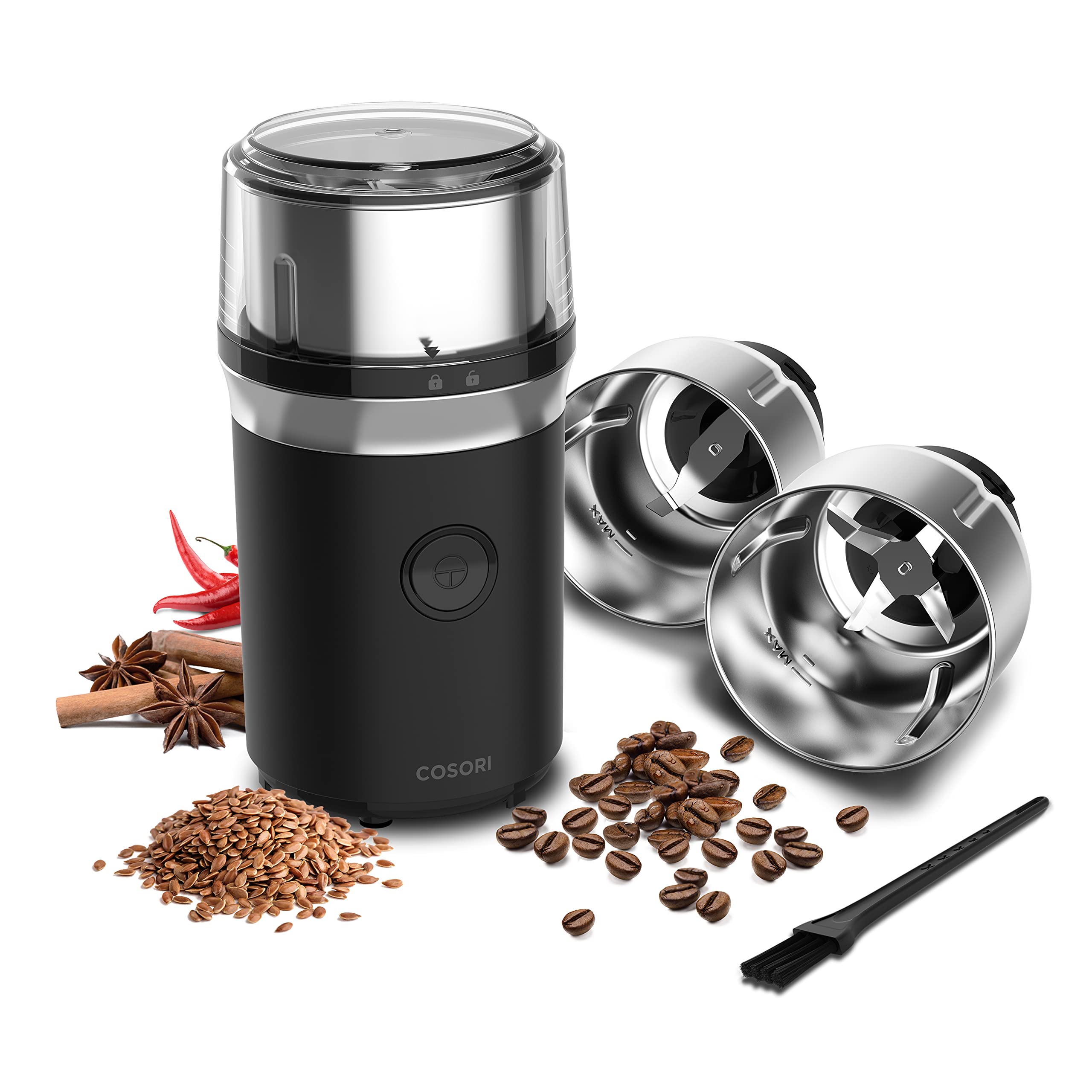 Potential Drawbacks:
Potential Drawbacks:
What Are the Limitations and Considerations of Using a Blender?
Being aware of potential drawbacks helps manage expectations and avoid common pitfalls.
Heat Generation:
Affecting Flavor:
Heat Buildup: Blenders can generate heat during the grinding process, potentially altering the coffee’s flavor and aroma.
Mitigation: Using the pulse setting and grinding in short intervals helps minimize heat buildup and preserves the coffee’s quality.
Grind Consistency:
Achieving Uniformity:
Inconsistent Grind: Blenders may produce an inconsistent grind size, with a mix of coarse and fine particles. This can affect the extraction process and flavor balance in your coffee.
Manual Adjustment: Manually checking and adjusting the grind size, shaking the blender, and using proper techniques can help achieve more consistent results.
Blade Wear:
Blender Maintenance:
Blunt Blades: Grinding coffee beans can dull the blender blades over time, reducing their effectiveness for other blending tasks.
Regular Maintenance: Regularly inspect and sharpen or replace the blades as needed to maintain the blender’s overall performance.
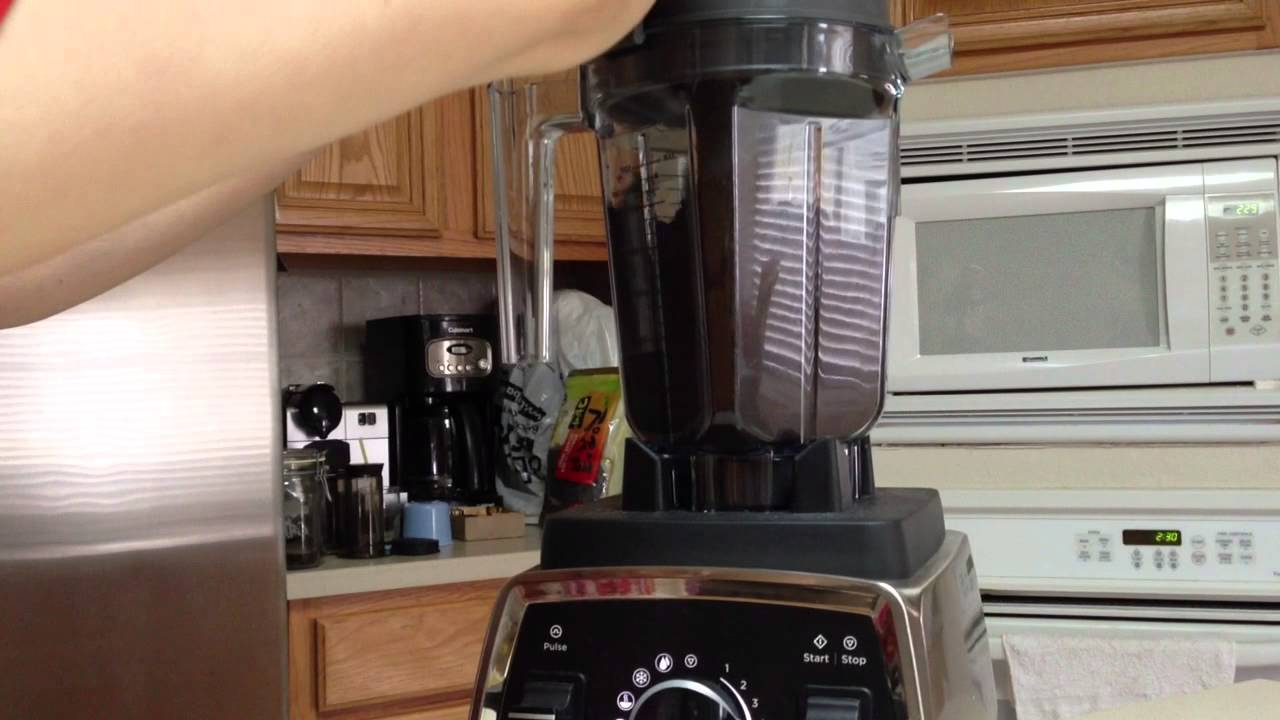 Comparing Alternatives:
Comparing Alternatives:
What Other Methods Can You Use to Grind Coffee Beans?
Exploring alternative grinding methods ensures you find the best solution for your needs and available equipment.
Manual Coffee Grinders:
Traditional and Reliable:
Hand Grinders: Manual coffee grinders use burrs or blades powered by hand-cranking. They offer precise control over grind size and are portable, making them ideal for travel.
Consistent Results: Manual grinders provide more consistent grind sizes compared to blenders, enhancing the flavor and extraction quality of your coffee.
Electric Coffee Grinders:
Convenience and Precision:
Burr Grinders: Electric burr grinders are highly recommended for their consistent grind size and precision. They offer various grind settings to suit different brewing methods.
Ease of Use: These grinders are user-friendly and provide reliable results, making them a worthwhile investment for coffee enthusiasts.
Other Household Tools:
Alternative Solutions:
Food Processor: A food processor can be used similarly to a blender for grinding coffee beans, with similar results and limitations.
Mortar and Pestle: For a more hands-on approach, grinding coffee beans with a mortar and pestle allows control over the grind size, though it requires more effort and time.
Conclusion
Using a blender to grind coffee beans is a practical alternative when you don’t have a dedicated coffee grinder. Understanding the differences between a blender and a coffee grinder sets realistic expectations for the grind quality and consistency. Proper preparation, such as selecting the right blender, measuring coffee beans, and prepping the equipment, ensures a smoother grinding process. Employing techniques like pulse grinding, blending in short intervals, and shaking the blender for even distribution helps achieve a more consistent grind. Adapting the grind size to fit your brewing method, whether for French press, drip coffee, or espresso, is crucial for optimal flavor extraction. Testing and adjusting the grind based on visual and tactile inspection fine-tunes the results. Storing ground coffee properly preserves its freshness and flavor. Being aware of potential drawbacks, such as heat generation and inconsistent grind size, helps manage expectations and improve techniques. Exploring alternative grinding methods, like manual and electric coffee grinders or other household tools, provides options best suited to your needs and equipment. By following these detailed steps and tips, you can effectively grind coffee beans using a blender, ensuring a fresh and flavorful cup of coffee.